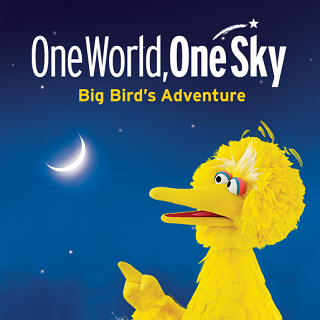3:30 p.m.

Saturdays: Jan. 10, 17 at 3:30 p.m.; April 11, 25 at 3:30 p.m.; Fridays: April 10, 24 at 5:00 p.m.; Take an imaginary trip from Sesame Street to the moon, find shapes in the sky, and learn about the North Star in this cross-cultural adventure with Big Bird, Elmo, and their friend Hu Hu Zhu from China. Perfect for families and groups with pre-K through 1st grade learners; all ages are welcome.